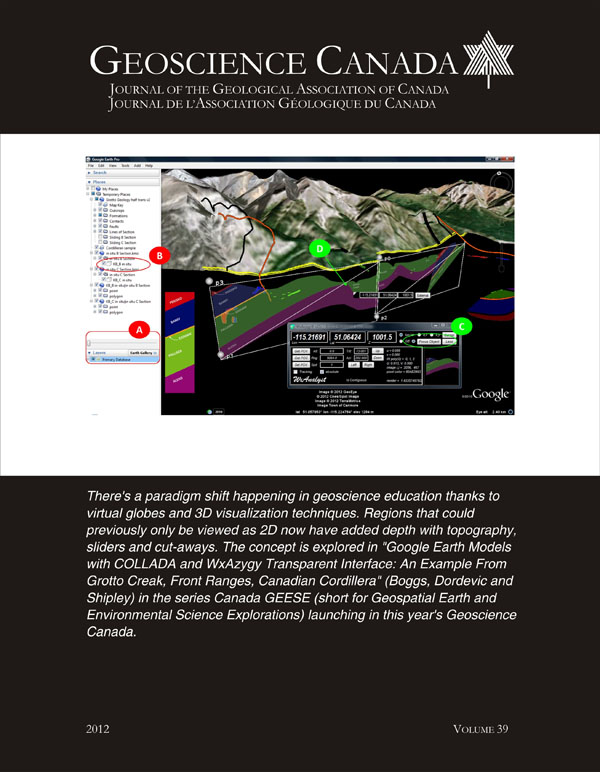Abstract
Sulphur solubility and the state of sulphide/sulphate saturation in felsic magmas play an important role in the formation of intrusion-related gold systems. The solubility of sulphur in felsic magmas is mainly controlled by temperature, pressure, redox condition(s), melt composition, and sulphur diffusion, although the sulphur source is considered an essential factor controlling the ultimate sulphide content in the melt. Decreasing temperature and increasing pressure usually result in a decrease of sulphur solubility if the oxygen fugacity (f(O2)) remains constant. Sulphide is dominant in melts under reduced conditions (f(O2)) near or below the fayalite–magnetite–quartz (FMQ) buffer), whereas sulphate predominates under relatively oxidized conditions (f(O2)) above FMQ+2). Felsic melts with low ferrous-iron (FeO) content have lower sulphur solubility compared to more mafic compositions. Speciation of sulphur in the melt and related degassing behaviour are probably controlled by sulphur diffusivity. The formation of granitoid intrusion-related gold deposits is largely controlled by whether or not sulphur is saturated in the melt, although gold endowment in the magma is also a factor. For example, sulphide undersaturation in a granitic melt may indicate a greater potential for generating Type-1 intrusion-related gold deposits, in which gold is derived from magmatic fluids directly evolving from granitic magmas. However, if a granitic magma becomes sulphide saturated, the residual melt would be depleted in gold because of immiscible sulphide melt segregation, and thus has a low potential for generating Type-1 gold deposit(s). Late-stage hydrothermal fluids with low pH and a relatively high oxidation state may leach gold that was incorporated into sulphide minerals, during a sulphide saturation event occurring early in the evolution of a granitoid magma. If gold that is liberated via resorption and destruction of early sulphide minerals interacting with hydrothermal fluids is then concentrated in a suitable geological structure, such as shear or fault zones and/or hydrofracture systems, it may form a Type-2 intrusion-related gold deposit. The implications for mineral exploration are that Type-1 gold deposits are likely associated with more evolved granite phases in a composite intrusive suite that is undersaturated in sulphide; these deposits may be hosted by the intrusion or occur within the contact metamorphic aureole. In contrast, Type-2 deposits are most likely related to less evolved granitoids that are saturated in sulphide; they are typically controlled by structures such as shear zones, and may be proximal or distal (beyond the metamorphic aureole). Type-1 deposits likely form at higher temperatures (e.g. proximal skarns) from ore fluids having higher salinities compared to Type-2 deposits. The relative economic importance of Type 1 and Type 2 needs to be evaluated to build specific exploration strategies for these deposits.
